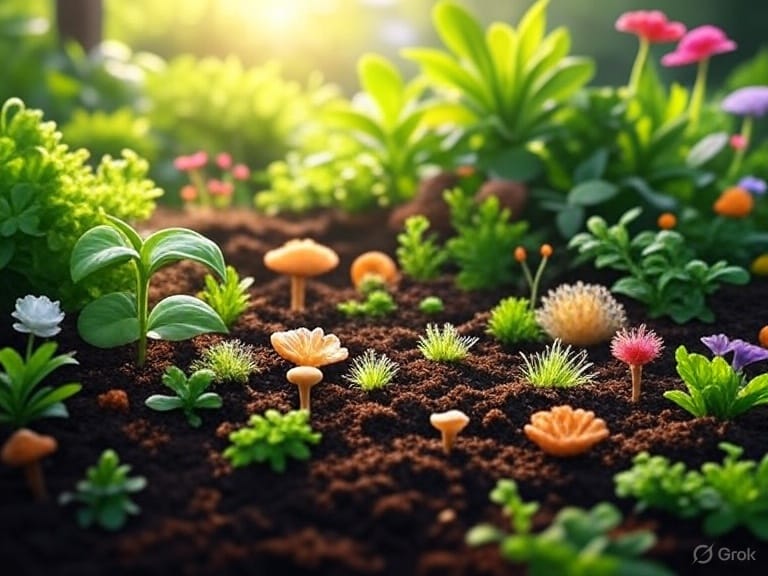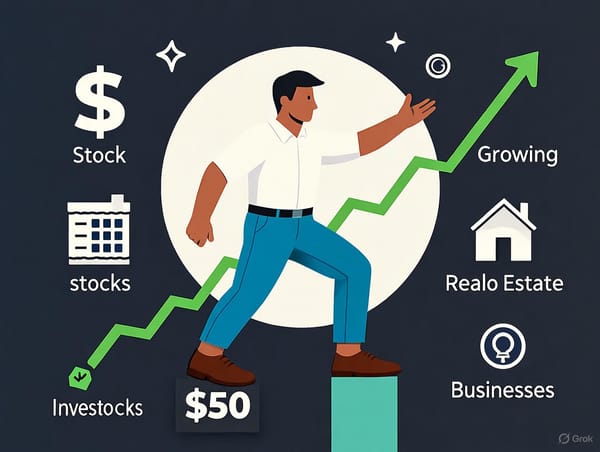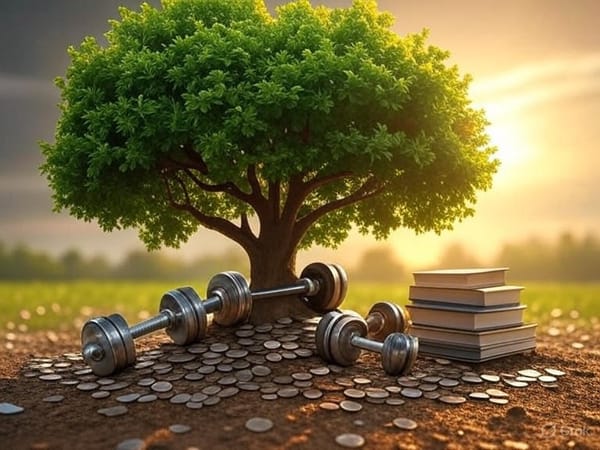Soil Secrets
Healthy soil, teeming with billions of microorganisms, is the unsung hero of food security, and practices like composting and mindful gardening can unlock its potential for a sustainable future.

When you stroll through a garden, park, or even a city planter, it’s easy to ignore what’s happening below the surface. Soil isn’t just dirt—it’s a vibrant ecosystem buzzing with life. This hidden world grows the food we eat, recycles nutrients, and helps secure a sustainable future. Let’s dig into the secrets of soil, from its microscopic inhabitants to the magic of composting and mindful gardening practices that can nurture this underground universe for a healthier planet.
A Hidden World of Life
Soil is no lifeless pile of dirt—it’s a bustling community of billions of microorganisms, insects, fungi, and worms. A single teaspoon of healthy soil can hold more living organisms than there are people on Earth—over 8 billion! Bacteria break down dead leaves, fungi partner with plant roots to share nutrients, and earthworms churn the soil like tiny plows. Together, they create fertile ground for plants to thrive.
This underground crew does more than support plants. It filters water, stores carbon to fight climate change, and recycles nutrients. For example, nitrogen-fixing bacteria turn air into plant-friendly compounds, while decomposers transform scraps into rich, dark humus. Without this hidden workforce, our crops and ecosystems would struggle. Treating soil as a living system is the first step to caring for it.
Why Soil Health Matters for Food Security
Healthy soil is the backbone of farming. It delivers the nutrients, water, and structure plants need to grow strong, directly affecting the food on our tables. But soil is in trouble: over 30% of the world’s soils are degraded due to industrial farming, deforestation, and climate change, according to the United Nations. Degraded soil means weaker crops, lower yields, and a threat to food security.
The good news? We can rebuild soil health. Composting and mindful gardening are simple, powerful ways to restore soil, reduce waste, and promote sustainability—whether you’re tending a backyard garden or a balcony planter.
Turning Scraps into Black Gold
Composting is nature’s recycling program, transforming kitchen and yard waste into nutrient-packed “black gold” for soil. Whether you have a backyard bin or a countertop composter, it’s an easy way to boost soil health and cut down on landfill waste.
How Composting Works
Composting thrives on balance. Combine “brown” materials (like dried leaves, cardboard, or coffee grounds) for carbon with “green” materials (like veggie scraps, grass clippings, or banana peels) for nitrogen. Add air and a bit of moisture, and microbes get to work breaking it all down. In weeks or months, your pile becomes nutrient-rich compost, loaded with essentials like potassium and phosphorus that plants love.
Why It’s a Game-Changer
Compost improves soil structure, helping it hold water and resist erosion. It also supercharges microbial activity, keeping the soil ecosystem thriving. Plus, composting keeps organic waste out of landfills, where it would release methane, a greenhouse gas 25 times more potent than carbon dioxide. Whether you’re feeding a garden or potted herbs, composting is a win for your plants and the planet.
Working with Nature
Gardening is about partnering with soil, not just planting seeds. Mindful practices can nurture the soil ecosystem, whether you’re tending a large plot, a community garden, or pots on a balcony. Here’s how to get started:
- Reduce Tilling: Excessive tilling disrupts fungal networks and worm tunnels, releasing stored carbon. Try no-till methods or gentle hand-turning to keep soil structure intact.
- Grow Cover Crops: Plants like clover, rye, or hairy vetch shield bare soil from erosion, suppress weeds, and add nutrients when they break down. Some even fix nitrogen for future crops.
- Mix It Up: Growing the same crop repeatedly depletes soil. Rotate crops like tomatoes, beans, and greens, or mix in flowers to attract pollinators. Diverse plants build resilient soil.
- Skip the Chemicals: Synthetic fertilizers and pesticides can harm soil life over time. Use compost, manure, or natural pest controls like ladybugs or neem oil instead.
Urban gardeners can adapt these tips, too. Try cover crops like buckwheat in containers or join a community compost program to enrich your soil.
Soil and a Sustainable Future
Healthy soil does more than grow food—it tackles global challenges. Soil stores massive amounts of carbon, helping slow climate change. Practices like composting and cover cropping boost this storage, making gardens and farms climate allies. Soil also filters water, keeping pollutants out of rivers and groundwater.
On a personal level, working with soil feels grounding. There’s joy in turning kitchen scraps into compost or watching seedlings sprout in rich earth. Every small action—starting a compost bin, planting clover, or skipping pesticides—ripples outward, supporting life above and below ground.
Unlocking Soil’s Secrets for Tomorrow
Soil is a living marvel, quietly sustaining life as we know it. By composting, gardening mindfully, and treating soil as a partner, we can unlock its potential. These steps don’t just grow better gardens—they secure food, protect the environment, and build a thriving future.





